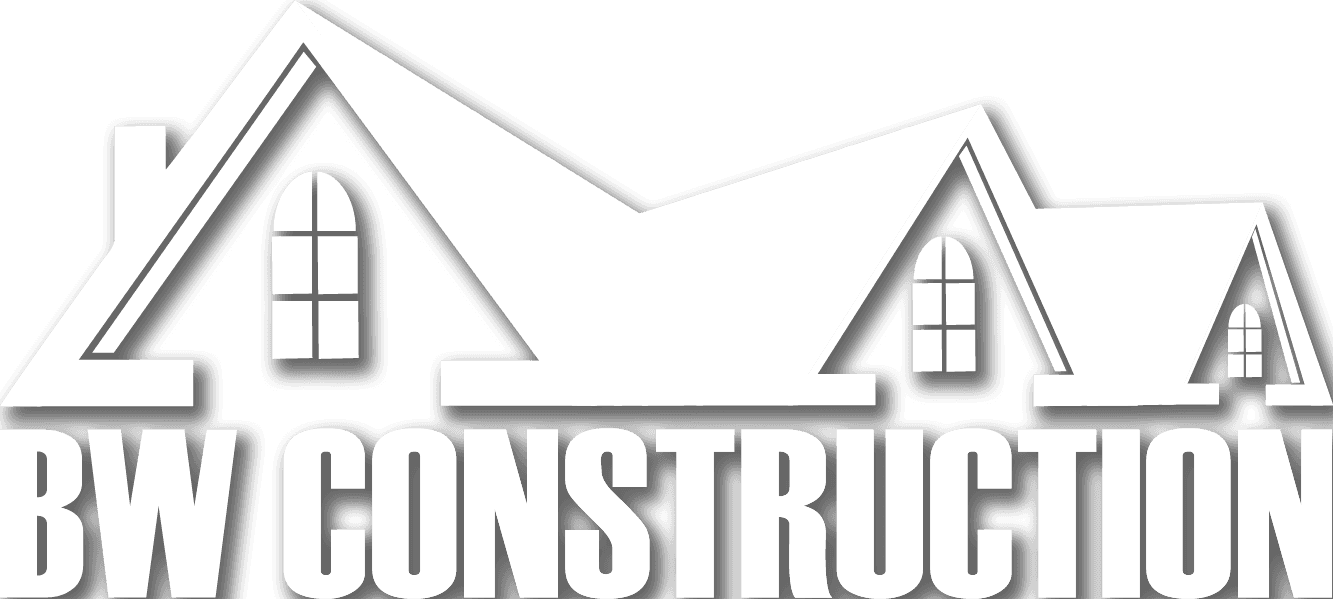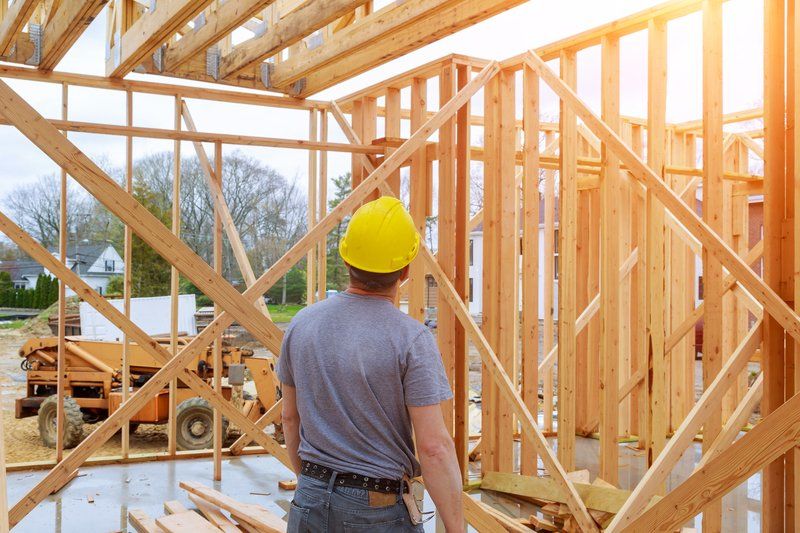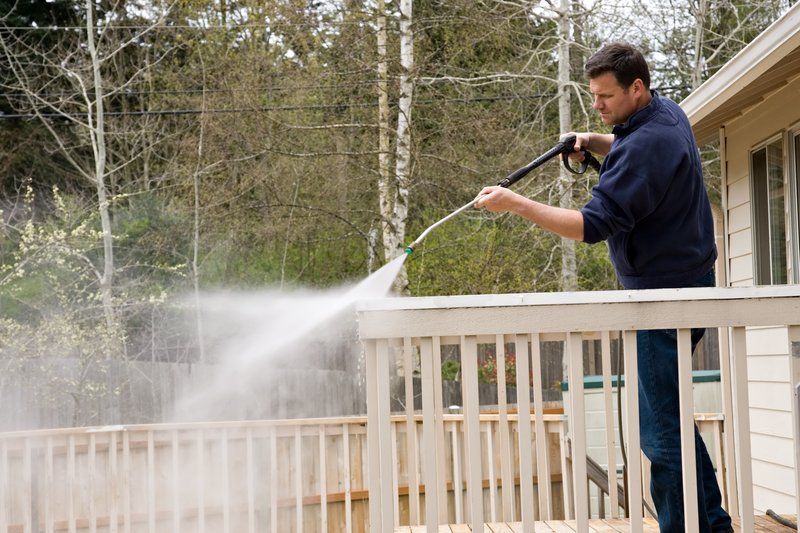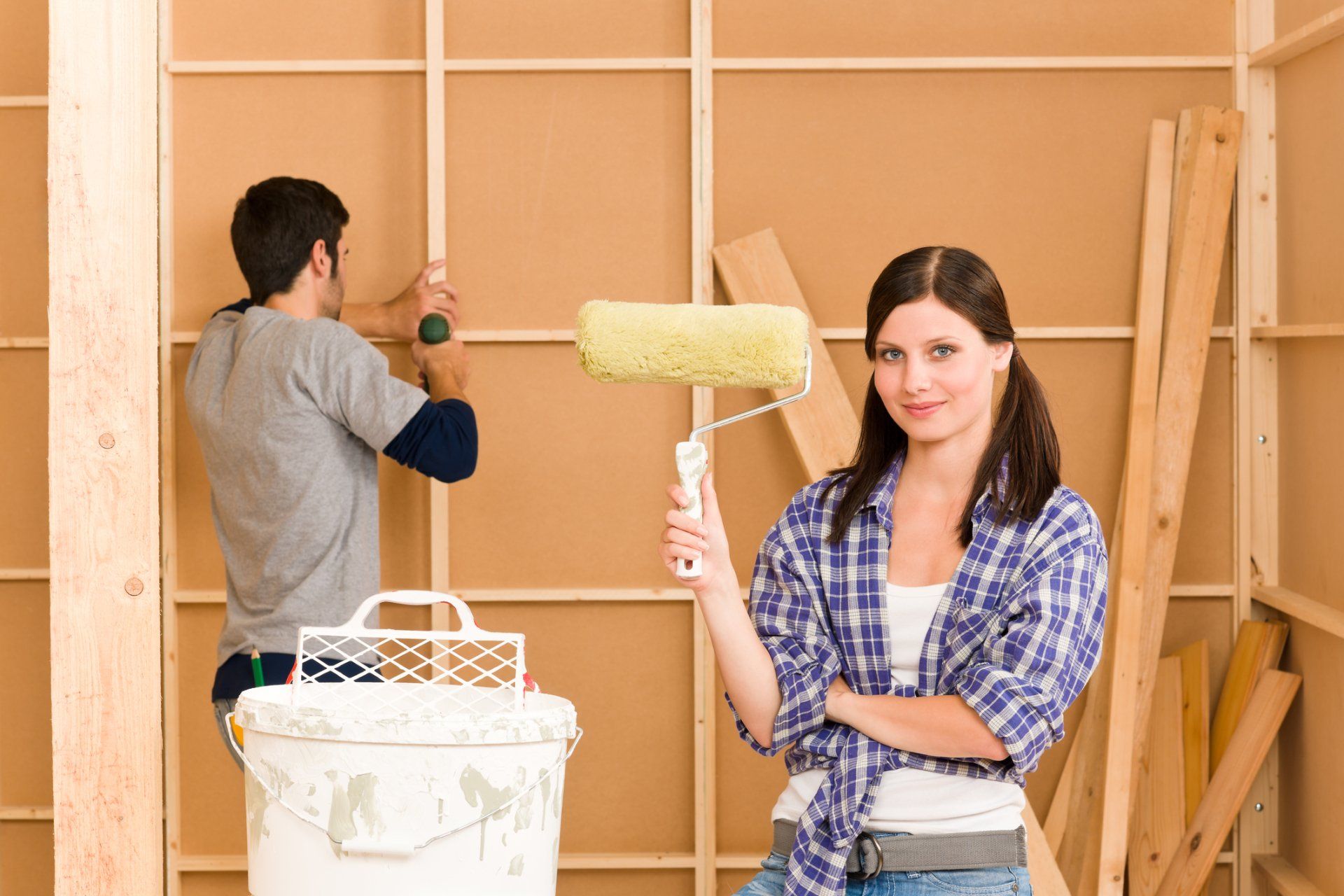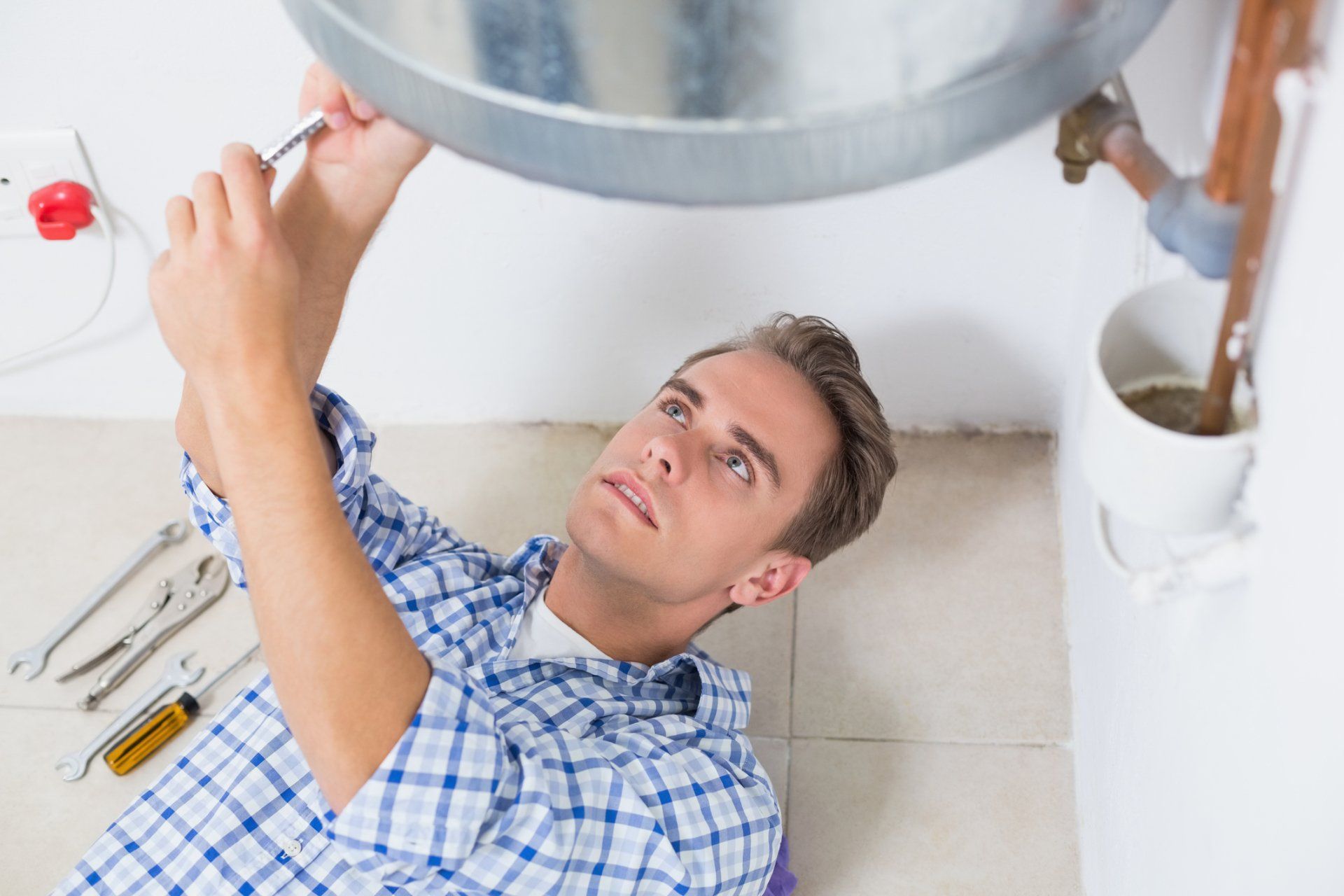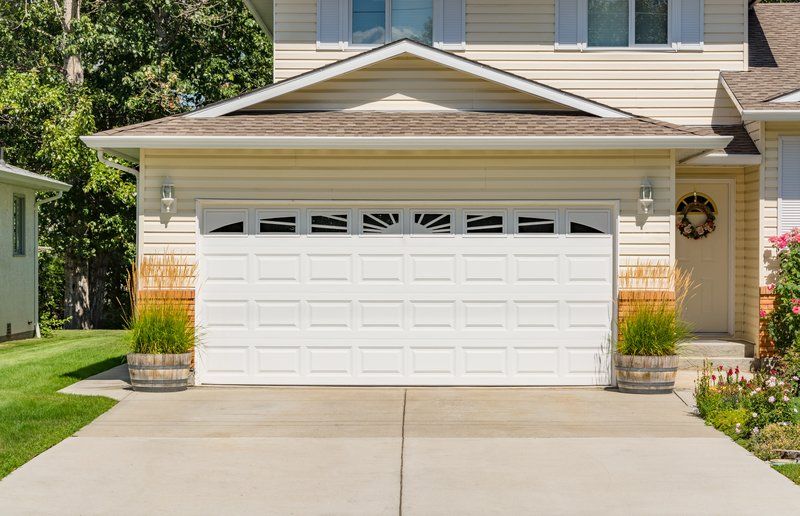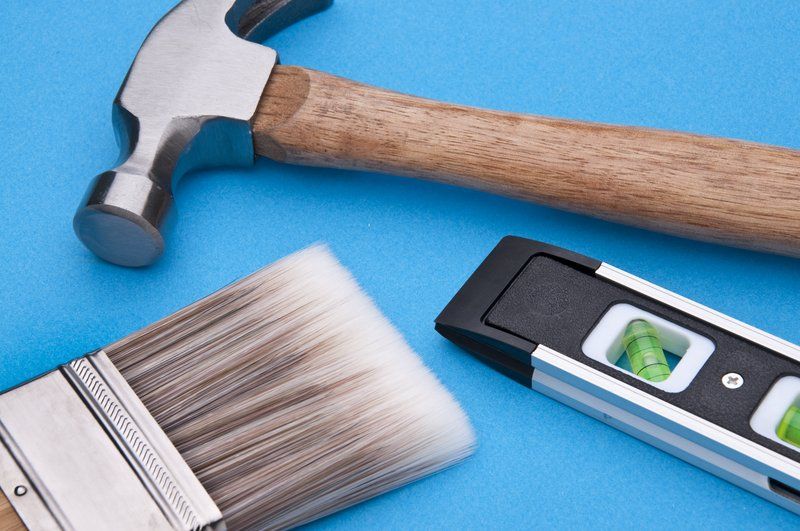Cleaning Up After Disaster: What Homeowners Need to Know
If you have had a major disaster hit your home, regardless of whether the destruction is from wind, fire, flood, or an earthquake, the damage can be extensive. You will have to deal with many issues pertaining to repairs and replacements, all while trying to manage the emotional losses you will be feeling. Having a plan in place throughout the process can help during this time of crisis. As a homeowner, it’s necessary to know how to go about cleaning up after a disaster.
Identify the Damage
Depending on what type of disaster has hit your home, inspecting and identifying the damage can be slightly different for each case. However, certain basic inspections should take place. First, document the damage with photographs. If possible, hire an electrician and other types of technicians to check for wiring damage, gas leaks, and structural damage. For less dangerous issues, you can check yourself for water damage inside and out. The flooring, baseboards, ceilings, roof, attic, and cellar should be checked visually. Take stock of any damage to outer buildings and to the trees in your yard. Detail all issues you find in a list that you can give to your insurance company and to disaster relief agencies.
Setting Your Budget
If you have the appropriate insurance, you will need to meet with a representative to go over your policy and determine what it covers. If your area has been declared a disaster area, then you may be eligible for disaster relief. In either case, you will need to make a budget for living expenses as well as for repairs and replacement costs. There is often a finite amount of money that you will receive at different intervals, so it is important that you set a budget for your recovery period.
Dealing With Insurance
Even if you have a good insurance policy , it can still be a complex process to receive the funds needed for the damages. Most policies offer either replacement value or valuation of each personal item that was lost. If it is a replacement value policy, then the insurance company will give you the money that it would cost to replace the item at current prices. If the policy replaces the actual item value, then they will give you the money that the item is worth at today's current prices. Either way, you will need to catalog most of the items. For residential repairs and replacement, the policy will usually have a set amount of money they will pay for losses. For any work you have done or items purchased, be sure to keep all receipts and inventory items for replacement.
Protective Gear
Cleanup after disasters can be dangerous because of chemicals and biohazards that can be on surfaces and in the air. Dust can be especially hazardous if it is inhaled into the lungs, where it can cause serious damage over time. Everyone who is involved in the cleanup should wear protective face masks as well as a good, thick pair of gloves. Sturdy shoes are a smart choice for when you're walking around loose materials inside and outside. A support belt is not a bad idea, especially if there is any heavy lifting to be done.
Discover Debris Pickup Schedule
Many times counties and municipalities will offer free pickup of heavy debris after a natural disaster. If your city or county offers this service, you can call and ask about their protocols and schedule for pickups in your area. When you call, be specific in asking them what items they will pick up, where, and how you should place them next to the street. Also, ask them about items they accept at the local landfill if you plan on taking items there directly.
Disposing of Ruined Material
The process of going through all the debris left from a natural disaster often involves sorting through the materials after removal from the site of origin. You will need to set aside groups for recycling, for dumping, and for special disposal if the material is hazardous. One helpful option for items that you would normally either place next to the street for pickup or take to the landfill is to utilize a dump hopper service to handle the disposal of your debris. These handy services will deliver a dumpster to your site and pick it up after a designated time after you have filled it. Some dump hoppers can come as narrow as 20" for the more limited space.
Deep Clean
Once you have removed all the debris and taken out any items that need repairing or drying out, it is time to conduct a deep cleaning for your home. Pay particular attention to all the structures, such as your walls, windows, floors, and ceilings. No matter what type of disaster happened, you will usually have excess moisture that has come into the home. This must be cleaned and dried as soon as possible to prevent the buildup of mold. You will also want to make sure that all contaminants are removed. If you are cleaning the home yourself or with others, section off small areas for cleaning at a time. This is a good time to hire a professional cleanup service.
Finding the Right Help
If you have suffered major damage, do not attempt to clean up the areas yourself. Enlist help, both professional and from friends. It is better to have professional help as some situations will require professional services. However, for the cleanup tasks you and your friends are conducting, make sure to provide the tools and equipment they may need. Design a plan of work and designate areas and tasks for your helpers.
There is no doubt that a serious disaster involves a great deal of stress and difficulty during the handling of insurance claims, recovery, and the cleanup process. As the homeowner, you are effectively responsible for all the facets of repairs, cleaning, and replacements. But by having a plan and knowing what you can expect during the process, you can hopefully have the best outcome possible.
Need help rebuilding or making repairs after a natural disaster? Contact us today for a free estimate!
